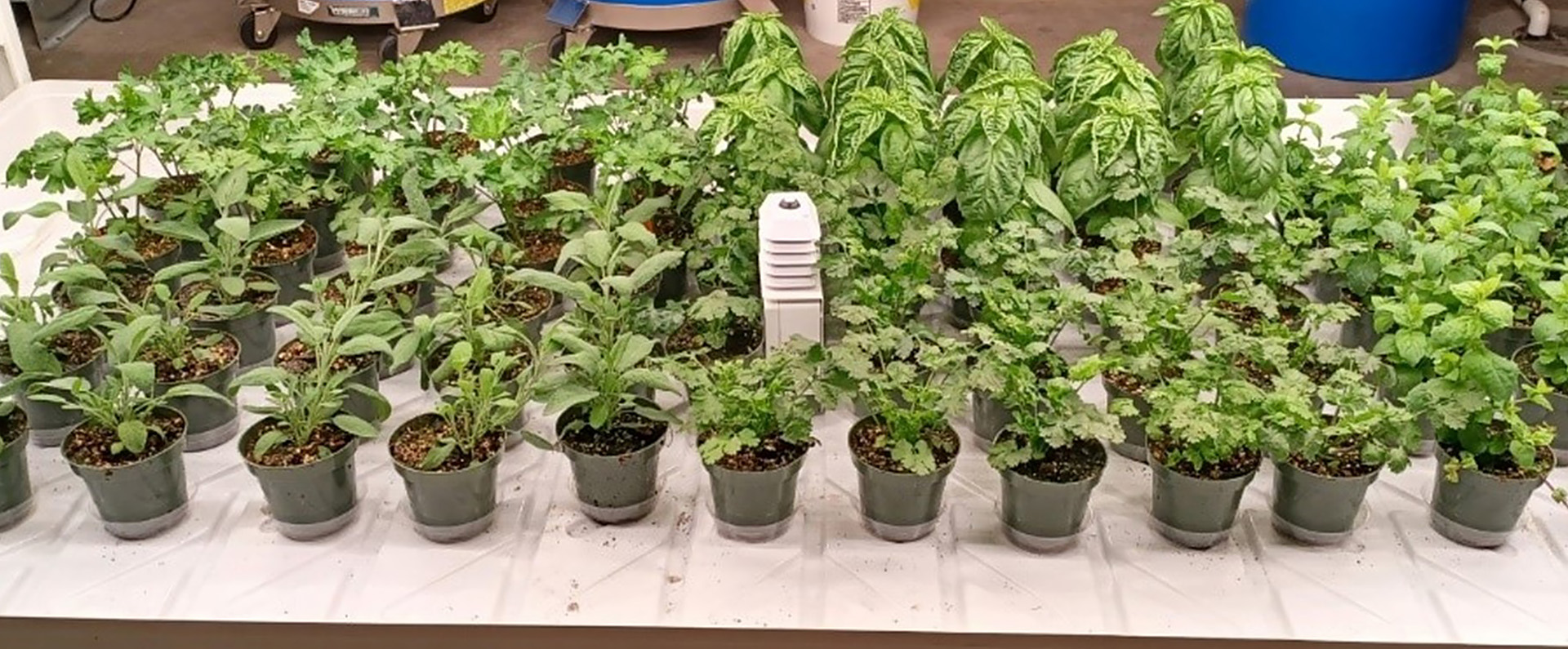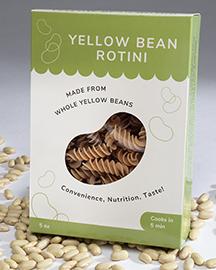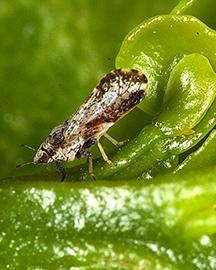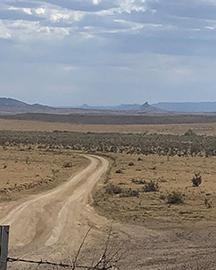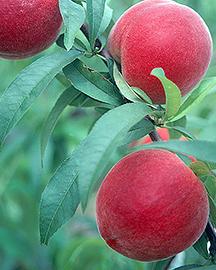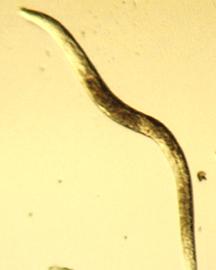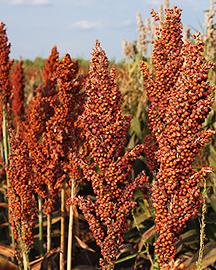Fine-Tuning Conditions for Peak Plant Performance
Growers who raise plants in controlled environments, such as greenhouses, have to carefully select how much light, heat, and other inputs their crops receive. But what are the best levels of these inputs? Historically, growers had to rely on general guidance from their plant suppliers or past practices. Now, researchers at the Application Technology Research Unit in Wooster, OH, have developed a tool that can provide more precise answers that lead to healthier plants and greater yields.
The tool is an application called PhotoSim, and it consists of a spreadsheet that the researchers developed with collaborators from the Universities of Florida and Minnesota. It lets growers see how a plant’s photosynthesis rate will change if light, temperature, or carbon dioxide is adjusted. By using those results, growers can determine the best possible configurations for their controlled growing operations to ensure that they are providing just the right amount of inputs to minimize waste and maximize the health of their plants.
Related Information


